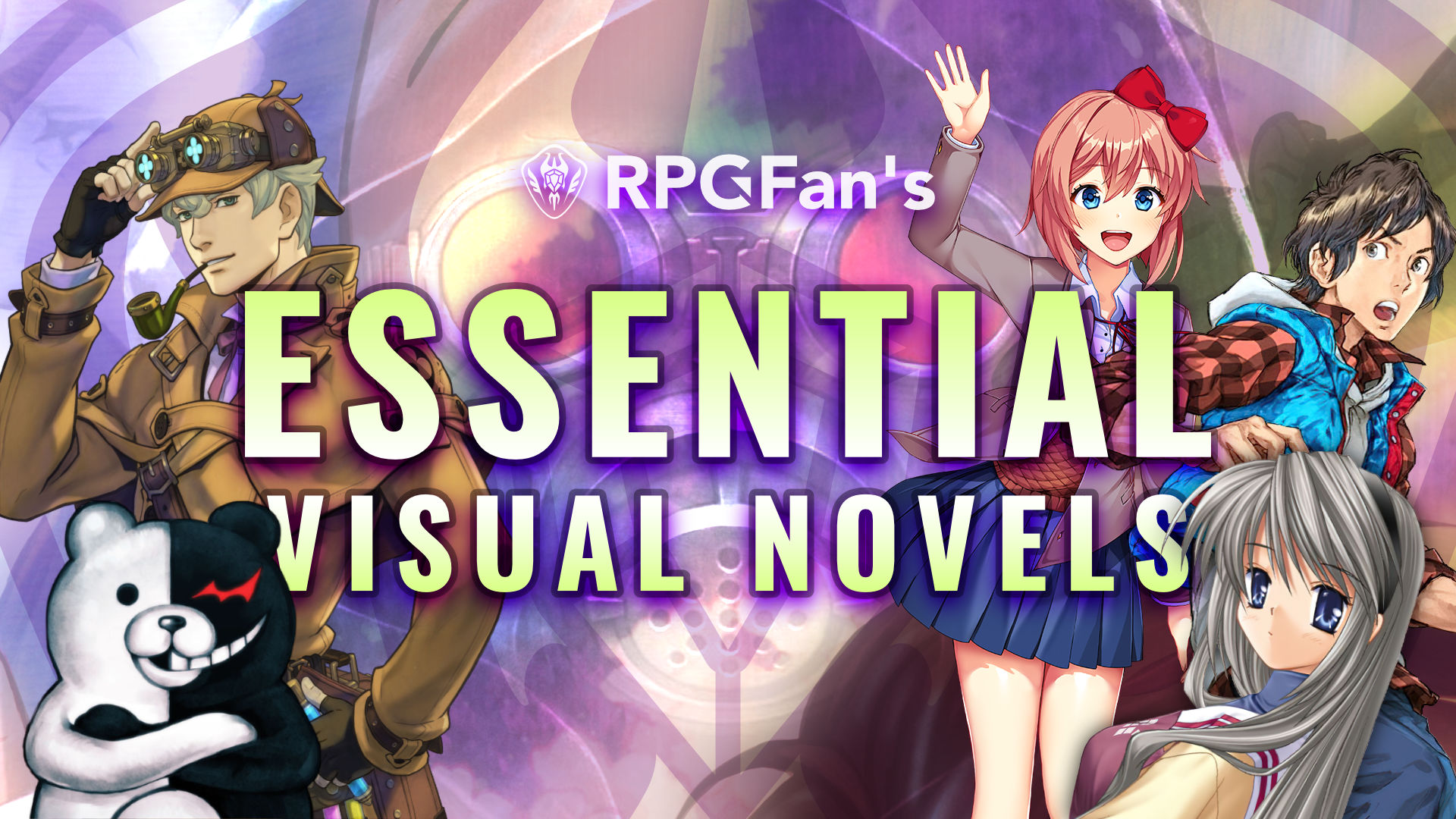One of the most common questions we get here at RPGFan is why we cover the games we do. After all, isn’t our name RPGFan? Why are we covering things that aren’t RPGs? What is a review for a visual novel doing on your front page?
The answer is complicated, of course, but really what it boils down to is things that we think share important elements with RPGs. Visual novels, for example, often feature robust characters and stories, along with choice mechanics akin to those we see in many RPGs.
So, let’s say you want to dip your toes in the water, or you’ve already started and you want to make sure you’re playing all the best VNs. Well, you’re in luck, because we gathered our staff together to come up with a list of what we consider to be “essential” visual novels.
The reasons we consider each VN to be essential vary, from the title having excellent storytelling, compelling characters, important to the genre, or we just think the visuals are incredible.
So, what are some of your essential visual novels? Did we miss anything that you think is “essential”? Let us know on Twitter, Facebook, Instagram, Discord, or however you most enjoy interacting with us!
Steins;Gate
Written by Zach Wilkerson
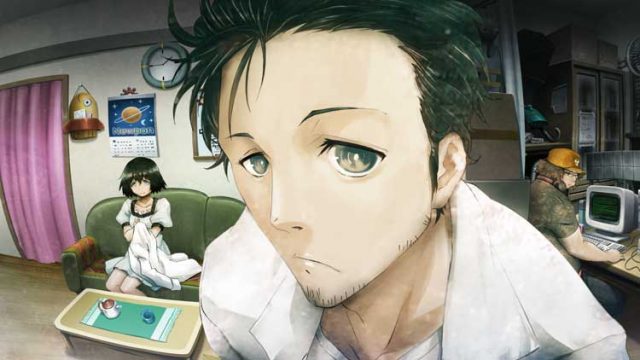
5pb’s Science Adventure series lets me down again and again. With their overly long plots, annoying event flag requirements for the true ending, or the downright horrendous representation of women and LGBTQIA+ characters, the series has become increasingly frustrating over the last decade.
So why do I keep coming back? Because Steins;Gate is magical, and characters are really what makes it so essential. Every character jumps off the screen. From Okabe’s ridiculous, over-the-top, grating-yet-endearing personality to Kurisu’s caustic brilliance, the whole cast shines while complementing each other beautifully. The narrative is engaging, but it’s our investment in the people who populate the story that keeps us from getting bogged down by the many “scientific” concepts. That it has a compelling art style (regardless of which version you play) is just a bonus.
Phoenix Wright: Ace Attorney – Trials & Tribulations
Written by Adam Arter
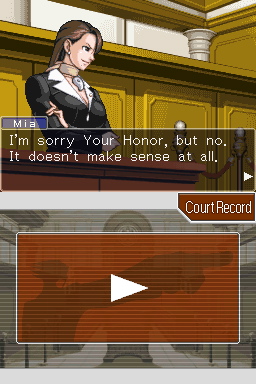
There are some who would consider the Ace Attorney series more of an adventure game than a visual novel. It’s an argument with some merit, but when you consider how much of Ace Attorney is built from prosaic stream-of-consciousness narration and branching dialogue exchanges, much of the series can be seen to hinge upon the fundamental conventions of the visual novel genre.
The third title in the Ace Attorney series feels particularly essential in its commitment to conveying excellent resolutions to plot elements and character arcs established in the series’ previous titles, whilst simultaneously working as a slice of quirky courtroom simulation that holds up on its own. Every character from the series is at their best in this instalment, and Trials & Tribulations includes a few of the series’s best overall cases and mysteries, with each chapter emboldened by a colourful cast of secondary characters. This title also introduces Godot, who could easily be the most nuanced and compelling ‘villain’ the series has seen and leads the affable protagonist Phoenix through a number of dramatic and heartfelt character moments. Trials & Tribulations is Ace Attorney firing on all cylinders: the bombastic conclusion to a trilogy that remains beloved and a wonderful example of the things that can be achieved using the visual novel format.
The House of Fata Morgana
Written by Des Miller
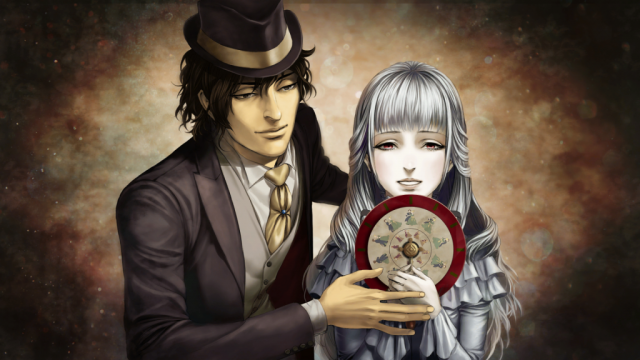
The House in Fata Morgana is a gorgeous, haunting, and melancholy masterpiece. A gloomy yet stunning gothic art style gives each character a chilling sense of life while somber keys and sorrowful strings paint an aural landscape to set the dreary tone. The House in Fata Morgana’s crown jewel, however, is its story. It is a morose tale of a master of a manor awakening without any memories, met only with a pale maid who wishes only to help him regain them. From there, the maid shows the master the lives of residents past in an effort to help jog his memory, though behind each of these doors is a theatre of tragedy set many years apart from one another.
Each story connects back to the manor, creating an intricate and masterful tale spanning several generations. It’s reminiscent of Valkyrie Profile in many ways, from the moody and depressive character design to the woeful and dramatic short lives of the souls within the doors. If any of this caught your attention, you owe it to yourself to give this visual novel a look. The House in Fata Morgana is a masterful work that is worth every cent and every second given, and the tale it tells is one I don’t think I’ll ever forget.
YU-NO: A girl who chants love at the bound of this world.
Written by Neal Chandran
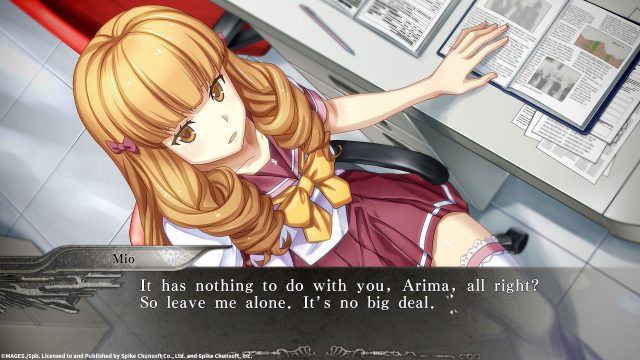
YU-NO: A girl who chants love at the bound of this world, the brainchild of legendary visual novel designer Hiroyuki Kanno (RIP), was first released in the 1990s, but wasn’t given a localized release until 2019. The reason is YU-NO began as an adult game with some very taboo themes. While those themes are still taboo today, they have become more present in contemporary media. 2019’s remake of YU-NO may have a bumpy localization, and its 2010s anime art style may displease those who prefer the original’s 1990s art style, but it remains an essential visual novel because of its history. Modern classics like Steins;Gate owe their existence to YU-NO, which was among the first visual novels to showcase the level of deep storytelling the genre was capable of. And despite YU-NO being 20+ years old and having very ’90s trappings, it still presents a compelling story with unforgettable characters and a solid challenge to get the ultimate ending. Its flowchart system (called ADMS) that keeps track of your progress was a marvelous innovation back then and still remains one of the best flowchart systems in the genre. It’s easy to argue that several contemporary visual novels do what YU-NO did far better, but it’s important to respect the historical trailblazer that made those modern classics possible.
428: Shibuya Scramble
Written by Wes Iliff
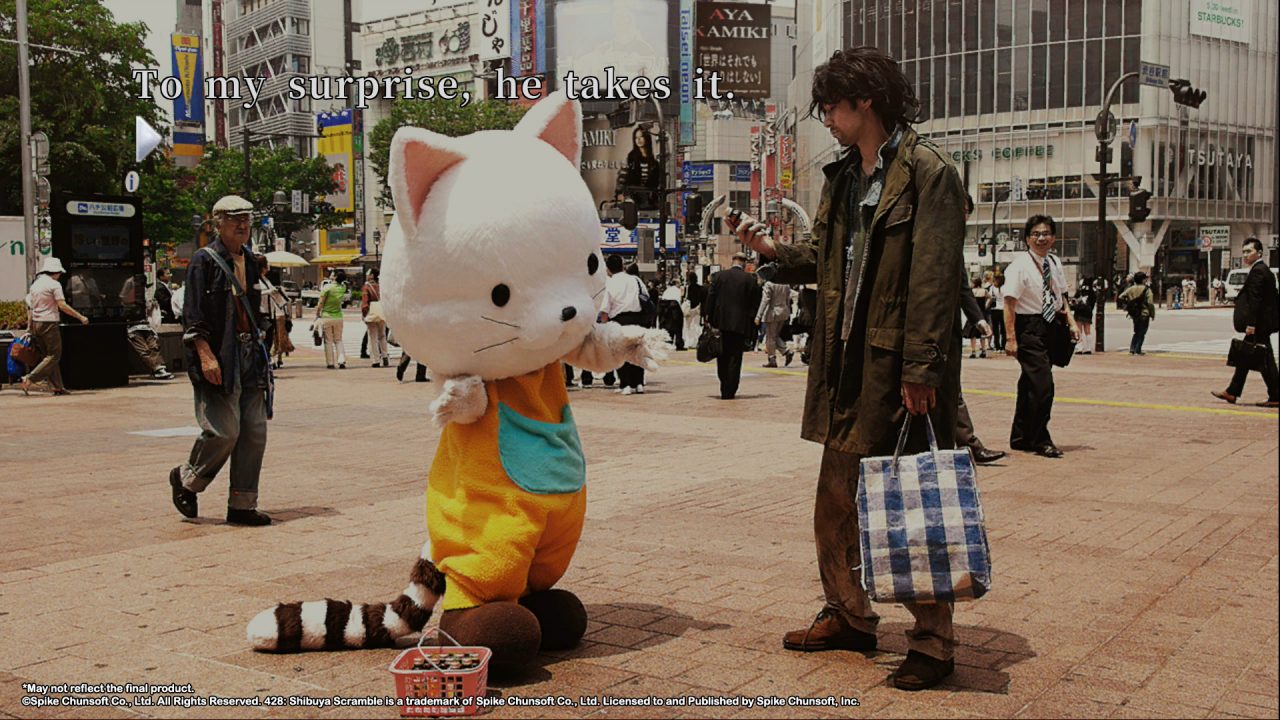
428: Shibuya Scramble occupies an interesting cultural space. The original Wii version never saw a Western release, but the sequel anime, Canaan, got a full release with relative success for its time. 428: Shibuya Scramble wouldn’t see wide release until a decade later, when it arrived in the West on PS4 and PC. The game offers something unique, blending live-action photos (shot without the permission of Shibuya police) with a branching story littered with good and bad endings. The game encourages you to swap between characters at will to find the right combinations of key words and actions to progress. It’s experimental, but it’s a compelling formula that hooks you early and doesn’t let go. The games doles out mysteries quickly and constantly, and the cast is filled with loveable weirdos and dark secrets that keep you jumping between high tension and genuine laughter.
By the final act, the story has evolved from a breezy, surface-level view of the daily lives of several eccentric personalities to a tightly woven tapestry with global implications. It’s enough to invest you in a larger world, which Canaan and an unrealized third entry in this would-be trilogy further delve into. But don’t let that dissuade you. Not only is 428: Shibuya Scramble a satisfying story on its own, but its influence on later Spike Chunsoft essentials like Zero Escape and Danganronpa is unmistakable.
Hourglass of Summer
Written by Neal Chandran
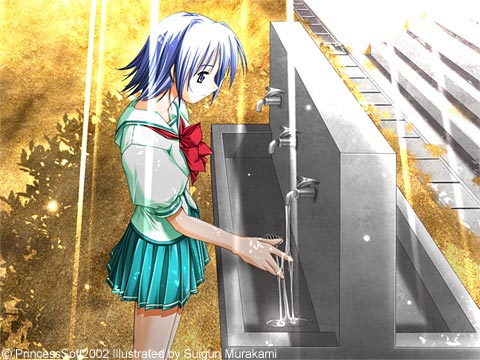
Romance-themed visual novels (often called love adventures) have been popular in Japan for decades, with the Memories Off series being perhaps the most well known. I’ve played more love adventures than I care to count, and I hail Hourglass of Summer (Natsuiro no Sunadokei in Japan) as the pinnacle of that lot, despite Hirameki’s somewhat rough localization. The compelling storylines feature unforgettable characters that stick with me to this day. The gameplay is also surprisingly challenging; the narrative choices you have to make to unlock certain characters’ story arcs are not intuitive, nor are the paths to some characters’ good endings.
Hourglass of Summer’s soundtrack is one of the finest I’ve heard. The opening song (“Went Away” by Kotoko) is still one of the most beautiful openings I’ve ever heard in a video game, and I prefer the bad ending credits theme to the good ending credits theme. What’s more, Hourglass of Summer is a gorgeous game with lovely character art that makes excellent use of its color palette. Sadly, this game is out of print, since Hirameki closed its doors several years ago. I hope this game gets resurrected somehow.
Hatoful Boyfriend
Written by Niki Fakhoori
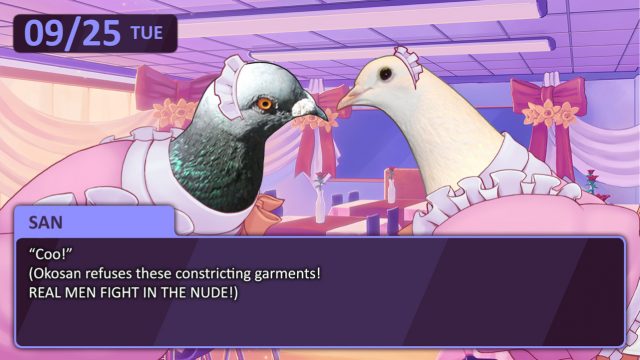
It takes an open mind to approach Hatoful Boyfriend, a bird dating sim in which you play as the only human attending the prestigious St. Pigeonation’s Institute, a school for gifted birds. But once you’re in, you’ll find a heartfelt and comedic visual novel that shines a satirical spotlight on some of the otome genre’s most enduring tropes. The childhood friend, the snobby rich boy, the shy bookworm, the flirtatious classmate, the soporific professor, the eccentric mangaka, the frightening school nurse, and a pigeon searching for the Ultimate Pudding come together to fill the game with fun and whimsy. Not only that, keen worldbuilding links each of these contrasting characters together in ways that are both exciting and surprising.
It’s precisely when the surprises come that the brilliance of Hatoful Boyfriend shines through. The already stellar storytelling really takes flight when the masterful mixture of lighthearted fun and sinister happenings that lurk just out of sight in the shadows take a drastic turn. By expertly defying all expectations, Hatoful Boyfriend proves to be a long-standing inspiration for visual novels of all genres, and a rightfully well-loved game that shouldn’t be missed.
Clannad
Written by Quinton O’Connor
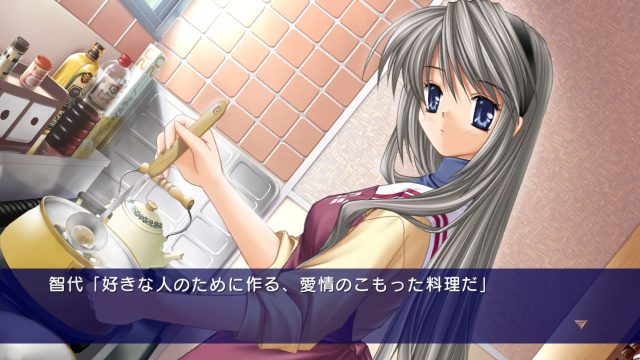
Sometimes, something happens in our lives precisely when it needs to that helps us to pick ourselves up and keep going. Without going into details, 2016 was a very bad year for me on multiple fronts. I’d lost the places I belonged and the people I belonged with, in every sense of the word. I needed emotional connections, and I needed them fast. Rebuilding my personal life wasn’t going to happen anytime soon. I could only move forward, piece by piece, and let my soul yearn for something that would strike my every chord.
Lo and behold, along came Clannad. Both the anime and the visual novel moved me so thoroughly. So much of it mirrored what I had been going through. Witnessing something so poignant and precisely similar to the catastrophe I was working my way out of — I may be a writer, but words won’t do it justice. My laughter, my tears, my broken heart, and my heart amended; by the end of my time with Clannad, I was truly ready to take my first step back into the world. And here I am today, so from the bottom of my heart, I thank you, Fumihiko Shino and everyone else who contributed to a wonderful game about being human and how best we can live with it.
Spirit Hunter: Death Mark
Written by Tyler Trosper
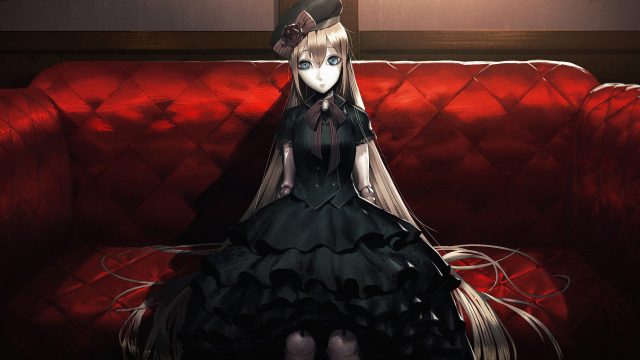
Imagine, one day, you wake up with no memories, in a huge mansion, with a corpse and a talking doll. Oh, and let’s not forget the Mark on your arm that will kill you by dawn.
Spirit Hunter: Death Mark is a horrific adventure from the get-go. Each chapter of the game follows a different horrific ghost as you try to rid the titular Mark from yourself and various visitors to the mansion. The game features adventure game elements, such as collecting items, investigating the environment, and solving puzzles. The penultimate moment of each chapter leads to a turn-based battle against a ghost, which make up some of the most intense moments. These battles feature truly disturbing and disgusting designs as the ghosts get closer and closer to you each turn, and it’s up to you to figure out the best combination of items to either destroy or appease them.
Some of the true endings are a little hard to come by without a guide, but the macabre art and superb sound design give Death Mark a terrifying atmosphere. Just ignore some of the more questionable scenes that lean toward the grotesquely voyeuristic side.
999: Nine Hours, Nine Persons, Nine Doors
Written by Niki Fakhoori
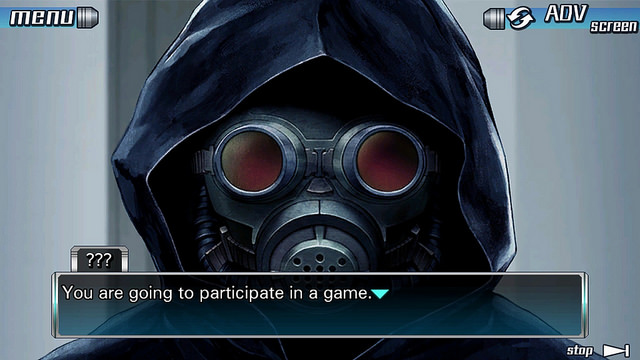
The things that motivate you to play a visual novel don’t need to be complex. Sometimes all you need is a story that’s as perplexing as the game’s puzzles. 999: Nine Hours, Nine Persons, Nine Doors—or 999—is a visual novel, point-and-click adventure, and puzzle game hybrid written by the renowned Kotaro Uchikoshi of Ever 17 fame. Despite the hefty number of genres that dwell beneath 999’s categorization, they all work seamlessly to create one of the most unique video game experiences out there. You’ll make crucial narrative choices in the hopes of safely escaping captivity, solve puzzles in deadly escape room scenarios, and piece together clues from across all the different endings to uncover the truth behind the grisly “Nonary Game” that you’ve been unwillingly thrust into.
While 999 started a series that’s worth checking out in its own right, this first entry is the strongest overall and stands on its own. There’s nothing else narratively like it. This is especially true of its initial release on the Nintendo DS, where even the system itself has a role to play in what is still one of the greatest executed plot twists in video game history. For fans of any of the aforementioned genres, or fans of horror and thriller stories, 999 is an absolute must-play.
EVE Burst Error
Written by Neal Chandran
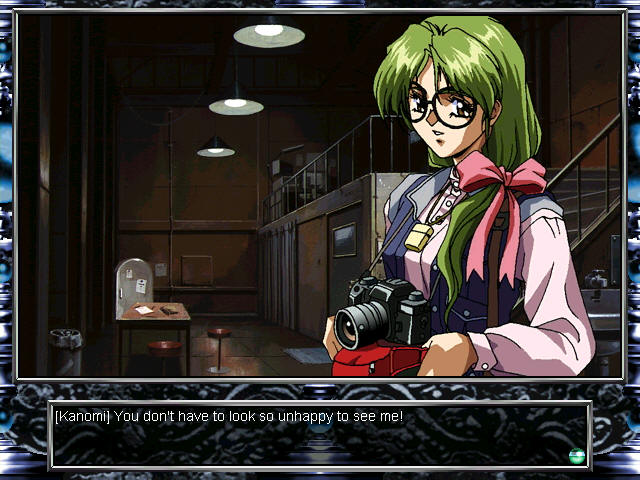
EVE Burst Error, an acclaimed creation of legendary visual novel designer Hiroyuki Kanno, was one of the earliest visual novels to be localized. When it was localized in 2000, it was originally an adult game. The localization team removed the game’s naughty scenes, but it’s so good that it easily stands without them. In EVE Burst Error, you switch back and forth between two protagonists (private eye Kojiroh and special agent Marina) as they unravel a tangled web of murder mysteries. I once played this game for eight hours straight because its story and intriguing characters captivated me.
What I love about EVE Burst Error is that it made me feel like I was part of an interactive anime more so than many other visual novels. This is because several of the game’s cutscenes are fully animated — a rarity in visual novels, even today. Still cutscenes are nice and all, but why can’t more visual novels have fully animated ones like EVE Burst Error did? EVE Burst Error was recently remade as EVE Burst Error R in 2016 but is unfortunately only available in Japan.
Gnosia
Written by Audra Bowling
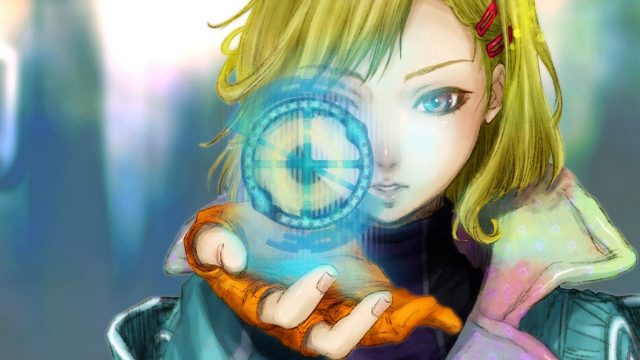
In Gnosia, you’re tasked with finding out who among a ragtag group of space-faring refugees has been infected by an alien race that wants to eradicate humankind. The highly creative and inventive visual novel has some surprising RPG elements at play, and the debates get progressively livelier with their back-and-forth. There are different roles for players to experience within a given round, including one of the dreaded Gnosia themselves, that offer more variety to the debates. A “looping” mechanic refreshes the playing field after every game round, and the way the narrative loops actually fall into the storyline is remarkable. Gnosia’s compelling sci-fi mystery narrative is supplemented by well-written characters who grow on you and vibrant, gorgeously detailed artwork.
There is some randomness when it comes to reaching the necessary plot points to finally arrive at the True Ending. And given how the loops are set up, I had the most fun playing the game in short durations of an hour or so. But despite this, Gnosia is a stellar and thought-provoking game that I loved seeing through to its ultimate conclusion.
Ever 17: The Out of Infinity
Written by Neal Chandran
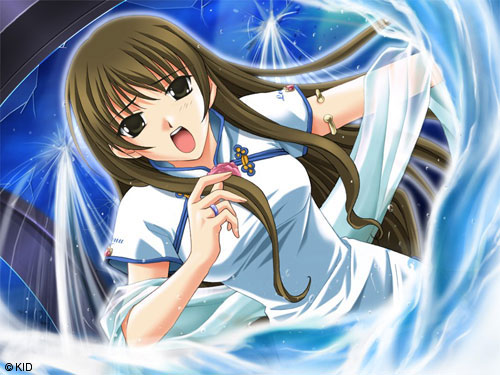
Ever 17: The Out of Infinity is part of developer KID’s acclaimed Infinity series. KID has crafted some of the most iconic visual novels ever, including the prolific Memories Off series. Ever 17 is one of KID’s most celebrated offerings, and for good reason. It’s impossible not to feel the pathos of characters like Tsugumi Komachi. She is an iconic visual novel character for a reason. The story itself is deeply intriguing and philosophical, and it takes some harrowing twists and turns. Despite Hirameki’s somewhat rough localization, there’s no mistaking Ever 17 as one of the finest visual novels ever created.
Aesthetically speaking, Ever 17 features vivid character art, gorgeous use of colors, and an evocative soundtrack by Takeshi Abo that can only be described as beautiful melancholy. I dare anyone to listen to “Karma” and not feel their emotions well up. In my 30-plus years of playing video games, I can count on one hand the number of games that made me cry; Ever 17 is one of them, and it deserves a resurrection.
Boyfriend Dungeon
Written by Anthony Fowler
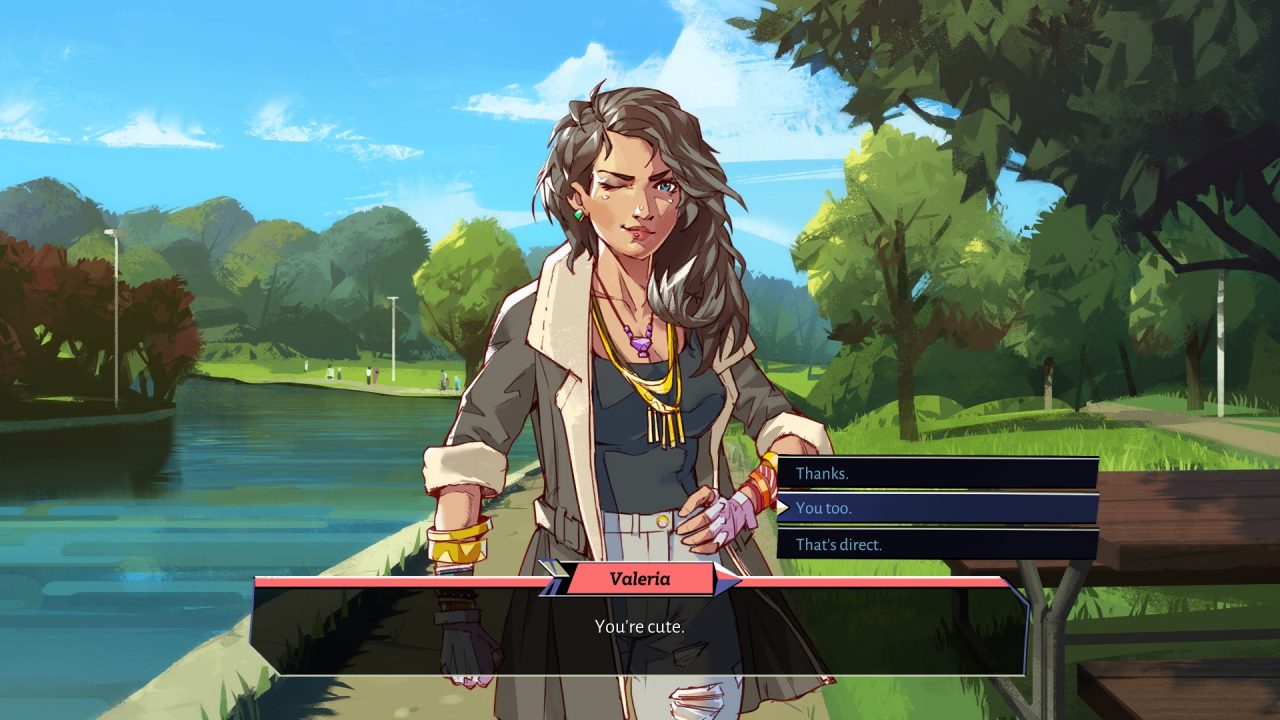
Boyfriend Dungeon is a brilliant visual novel, or hack ‘n’ date. Like Hades, the the meat of the game, is in the extra dialogue and relationships you unlock after dungeoneering. Like most RPGs or roguelites, you’re encouraged to experiment. You want to blast through a few dungeon levels, not for the next boss, but to see if you can get your partners to finally open up to you.
Oh, and did I forget to mention that your partners are weapons? The weapons you use to destroy manifestations of your own insecurities. Boyfriend Dungeon is wonderfully frank about its intentions and, at a breezy eight hours, is a good first step into the world of visual novels. It is also admirably diverse, with a cast of dateable characters that cater realistically to all sexual orientations.
One character stands out for his antagonism, and many will even identify in themselves his brand of stalking and verbal abuse. He represents the unsettling presence underneath romantic independence. The thought that there are people like this out there who can’t take no for an answer, who make you wonder if it would be better to just close yourself off to others and stay locked in your room. Boyfriend Dungeon confronts this with open eyes and sword in hand. It is a game about romance, friendship, and finding yourself, not just flirting with hot JPEGs.
Check out the rest of our choices in Part 2!

